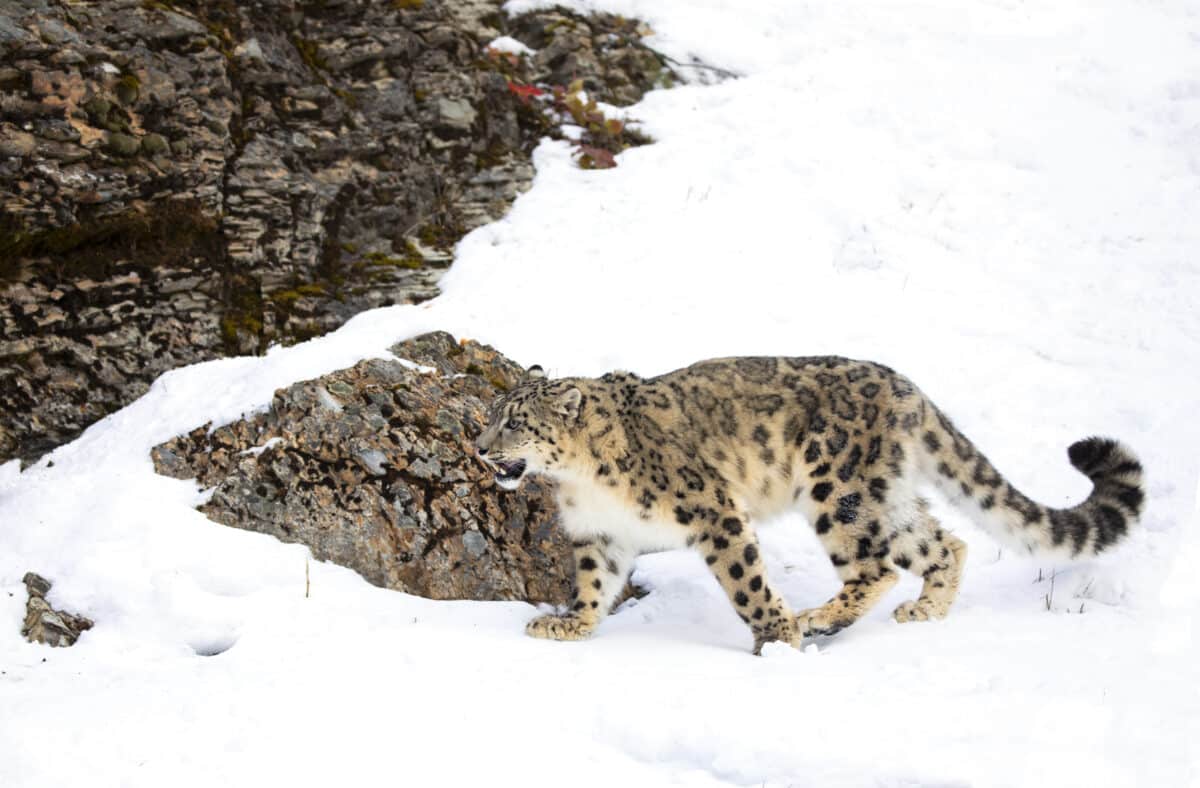Home to the formidable Mount Everest and Kangchenjunga – both exceed elevations of 8500 meters – Himalayan wildlife endure excruciating altitude, extreme temperature variations, and a scarcity of food, meaning, to survive, animals must adapt, and that they have.

Situated in Tibet, north of India, the Himalayas is a phenomenal network of mountains, attracting adrenaline junkies from all over the world – many conquer their chosen peaks, but deaths are not uncommon.
From ex-marines to endurance athletes, the unforgiving Himalayas have tested many individuals like never before. Yet, its wildlife residents meander through the rocky and desolate mountains with relative ease, able to overcome any extreme conditions that come their way.
Below showcases various Himalayan wildlife:
Snow Leopard:
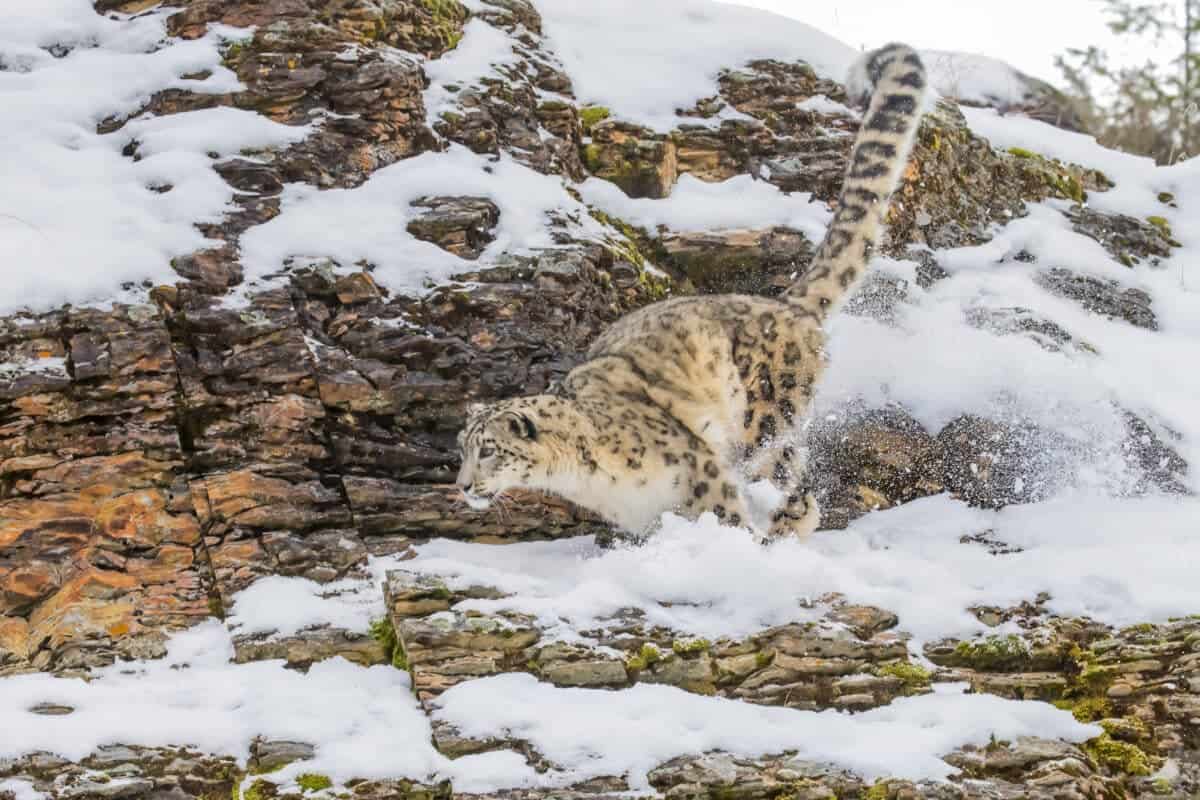
One of the most iconic and elusive residents of the Himalayas is the majestic snow leopard, aptly dubbed the “ghost of the mountains.” With its thick, spotted fur coat providing excellent camouflage against the rocky terrain, the snow leopard embodies stealth and grace. Adapted to the harsh conditions, this solitary predator relies on its keen senses and agility to hunt its prey, which primarily includes mountain goats and smaller mammals. The snow leopard’s ability to blend into its surroundings and navigate steep slopes makes it a symbol of resilience within the Himalayan wildlife community.
Himalayan Tahr:
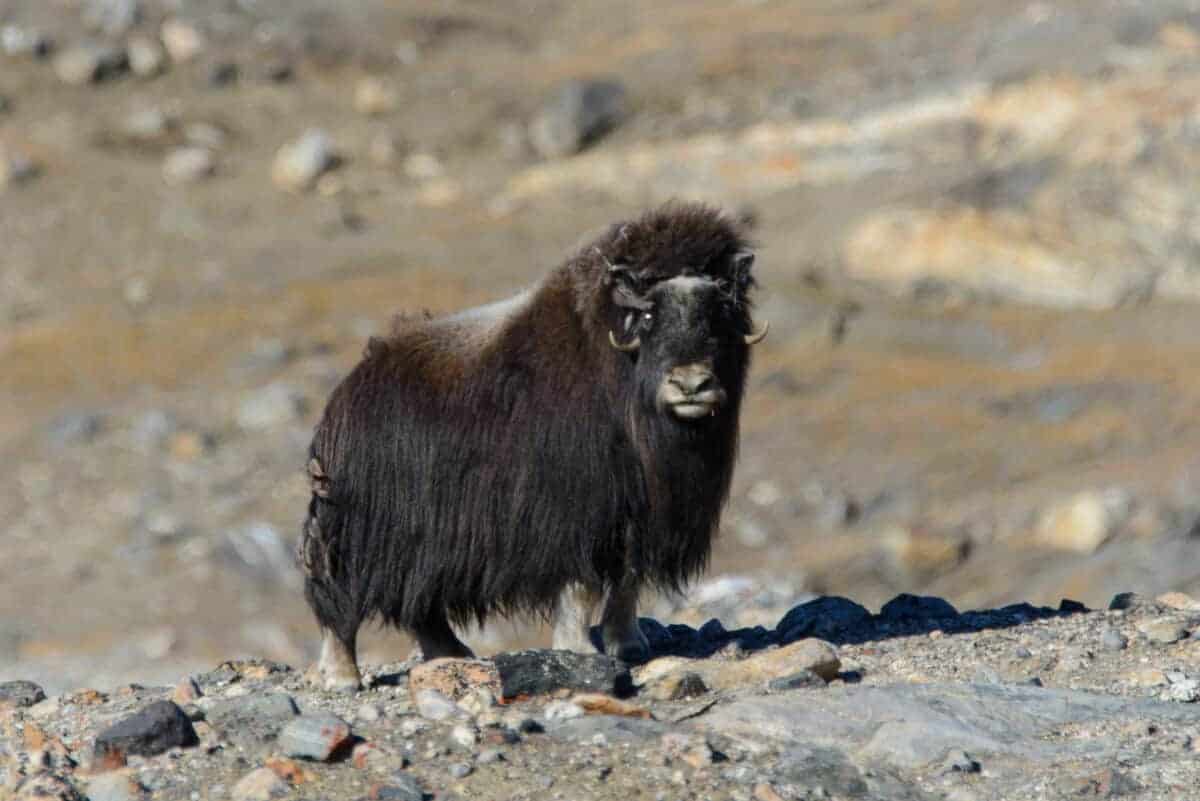
In the craggy cliffs and high-altitude meadows, the Himalayan tahr roams with confidence, showcasing its robust build and impressive horns. These herbivores, equipped with a thick, woolly coat, are adept at navigating the steep terrain and braving the cold temperatures. Feeding on a diet of grasses, herbs, and shrubs, Himalayan tahrs play a vital role in shaping the ecosystem dynamics of their habitat. Their resilience in the face of adversity underscores the adaptability of Himalayan wildlife to extreme conditions.
Himalayan Monal:
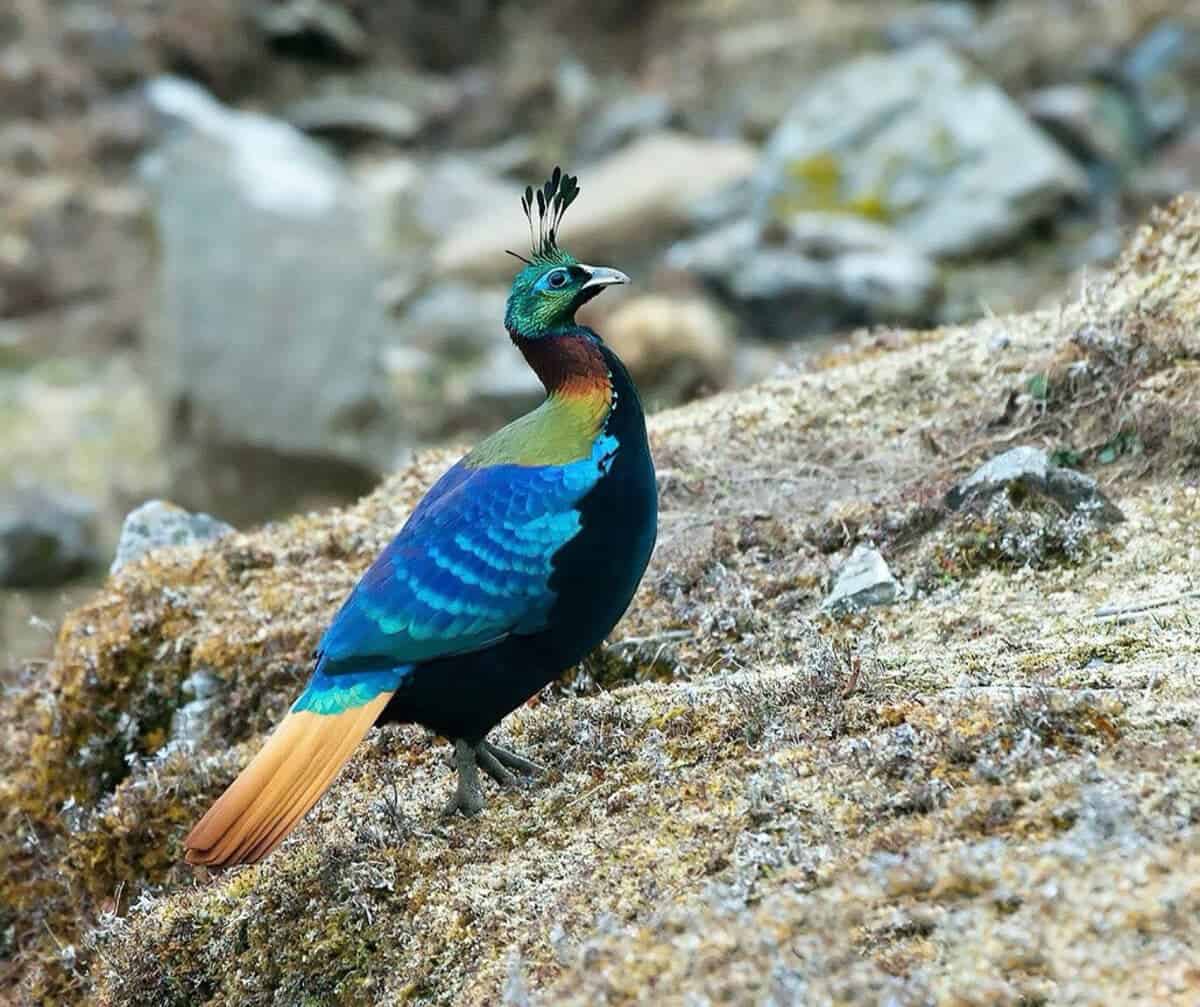
Amidst the dense forests and alpine meadows, the Himalayan monal dazzles with its vibrant plumage, a testament to the colorful diversity of Himalayan wildlife. Feeding on a varied diet of seeds, fruits, and insects, these striking birds are adept at navigating through dense vegetation and across rugged terrain. The Himalayan monal’s resilience is evident in its ability to thrive in diverse habitats, despite facing threats such as habitat loss and poaching. As stewards of the Himalayan wilderness, it is imperative to protect the habitats of these magnificent creatures to ensure their continued existence.
Himalayan Black Bear:
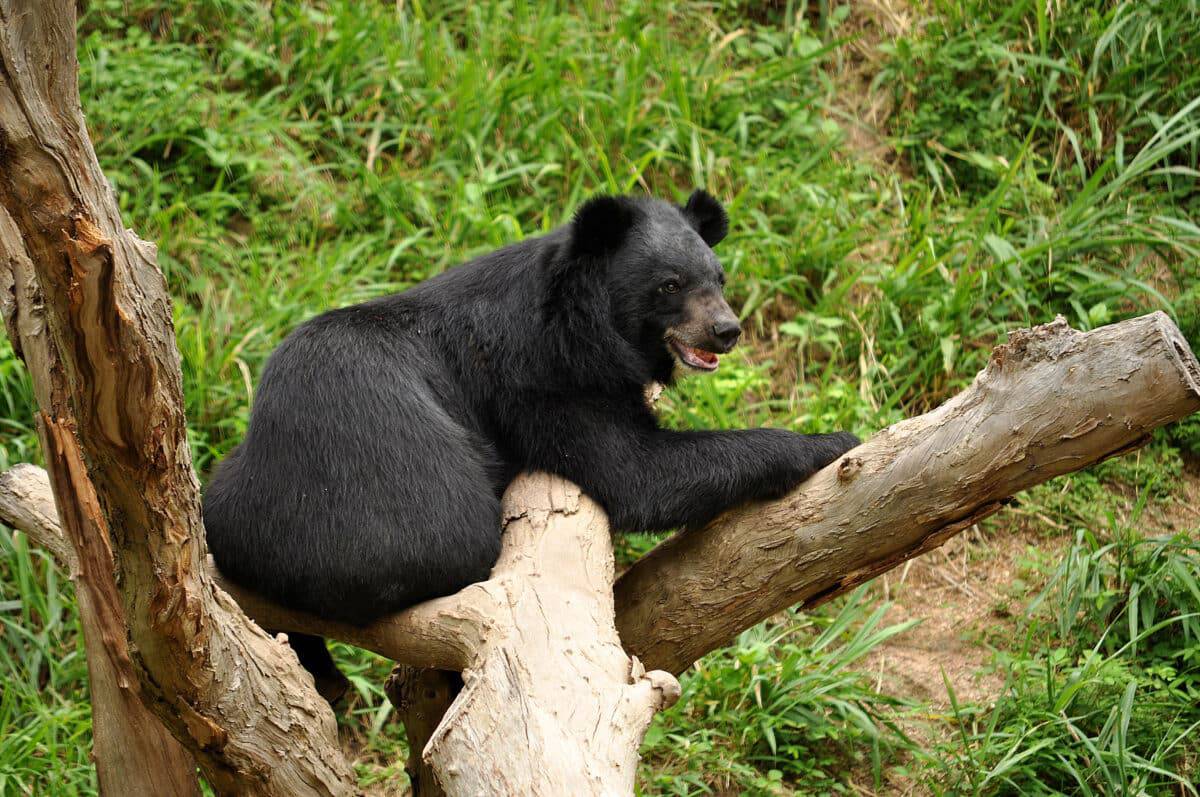
Within the shadowy confines of the Himalayan forests, the Himalayan black bear roams with a quiet strength, embodying the essence of resilience in the face of adversity. With its thick fur coat providing insulation against the cold, these omnivores are well-adapted to the rugged terrain and harsh climate. Feeding on a diverse diet that includes fruits, berries, insects, and small mammals, the Himalayan black bear plays a crucial role in maintaining the ecological balance of its habitat. Protecting the habitats of these bears is paramount to preserving the delicate balance of Himalayan wildlife.
Himalayan Musk Deer:
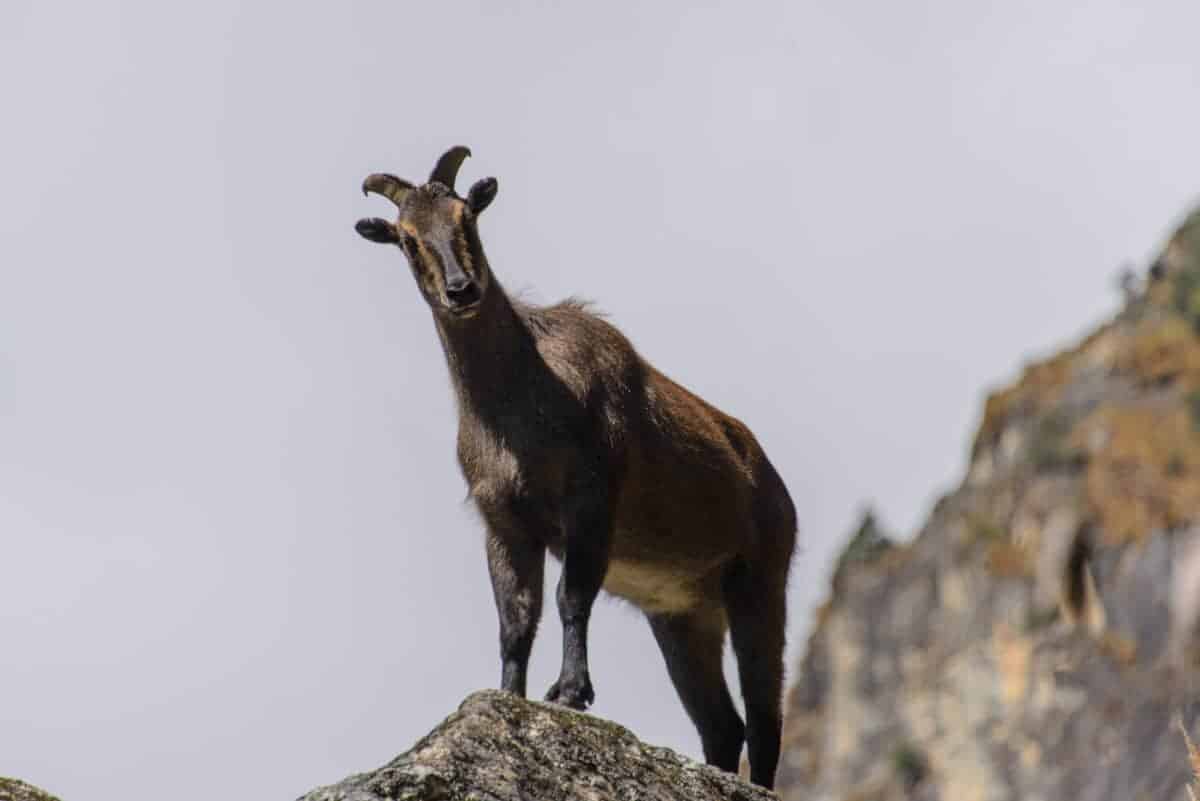
In the tranquil forests and scrublands of the Himalayas, the Himalayan musk deer roams with a quiet grace, its presence emblematic of the serene beauty of Himalayan wildlife. Feeding on a diet of leaves, twigs, and grasses, these elusive herbivores are well-adapted to their environment. With their cryptic coloration and agile movements, Himalayan musk deer evade predators and thrive in the remote corners of the Himalayas. Preserving the habitats of these graceful creatures is essential to safeguarding the biodiversity of the Himalayan wilderness.
In conclusion, the Himalayas stand as a testament to the resilience and adaptability of wildlife in the face of formidable challenges. From the elusive snow leopard to the graceful Himalayan musk deer, each species embodies the indomitable spirit of Himalayan wildlife. As guardians of these fragile ecosystems, it is our responsibility to protect and conserve the rich biodiversity of the Himalayas for future generations to cherish and admire.
If you enjoyed this piece, you may enjoy these:
- The Himalayan Tahr: Masters of Adaptation in the High Altitudes
- Himalayan Bear Chases Men Across Rooftop
- Meet the Himalayan Cat
Join our Forum for free today!

- Second American Killed by Elephant in Zambia This Year - July 22, 2024
- Elderly Man Kills Grizzly Bear in Montana - July 22, 2024
- Missing Cat Found Weeks Later, 40 Miles Away - July 21, 2024

